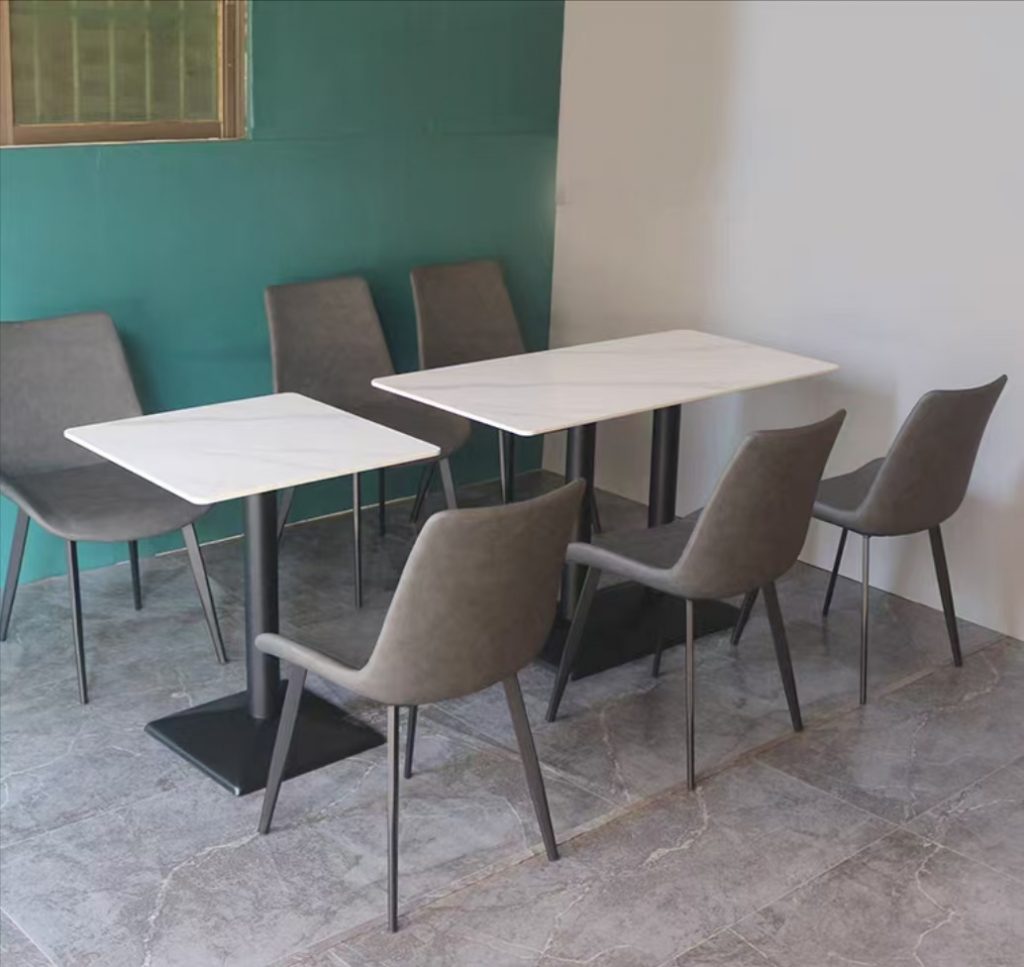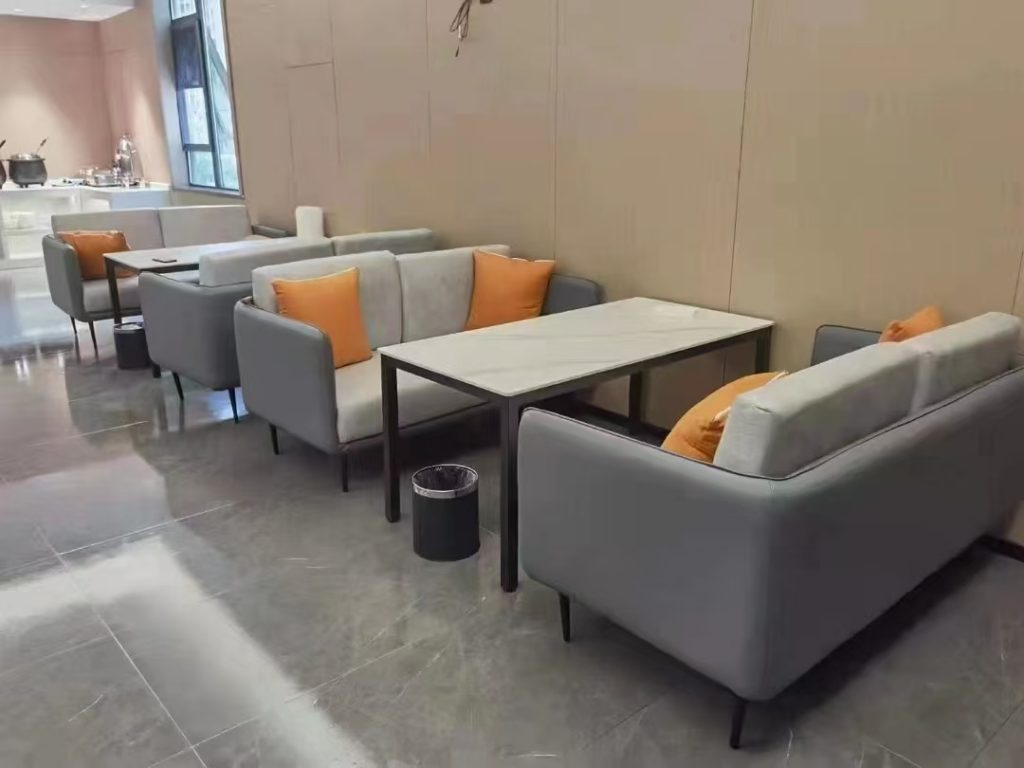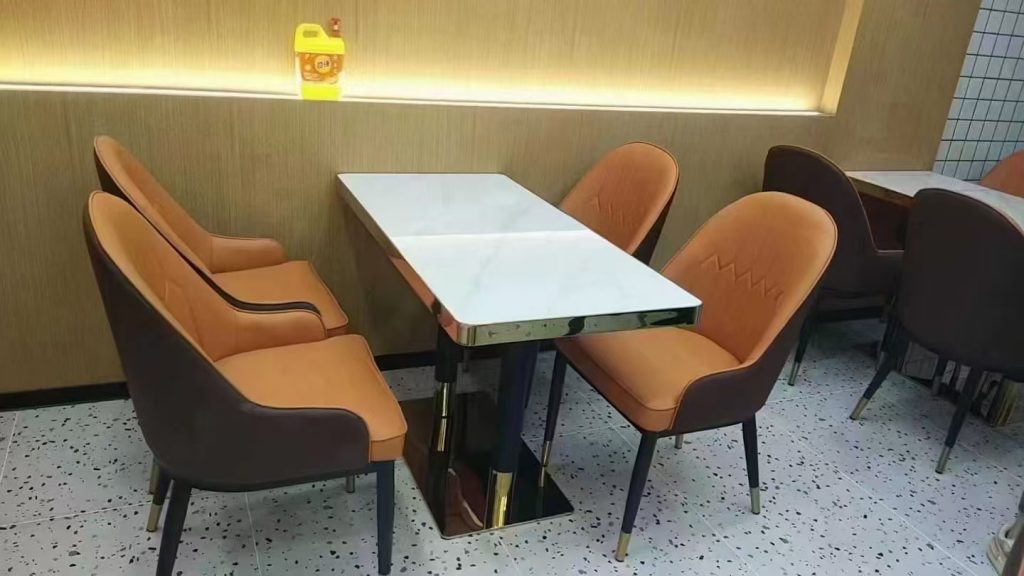


The furniture industry is embracing virtual reality (VR) as a game-changer for design, retail, and manufacturing. VR furniture design services empower factories, designers, and consumers to collaborate in immersive, real-time environments, revolutionizing how furniture is conceptualized, customized, and sold. This article explores how VR is reshaping the industry, the technologies driving it, and actionable strategies for manufacturers to leverage VR for competitive advantage.
—
1. The Rise of VR in Furniture Design
As consumers demand personalized, immersive shopping experiences, VR furniture design services address key pain points in the industry:
– Reduced Returns: Virtual previews minimize mismatched expectations and costly product returns.
– Faster Design Cycles: Designers iterate in real time, slashing development timelines.
– Sustainability: Cut physical prototyping waste by up to 90% with digital mockups.
For manufacturers, VR bridges the gap between creativity and scalability, offering a digital-first approach to meet modern consumer expectations.
—
2. Key Features of VR Furniture Design Services
Leading VR platforms integrate advanced tools to enhance collaboration and precision:
a. Real-Time 3D Modeling
– Interactive Design Studios: Customers manipulate furniture dimensions, materials, and colors in a virtual space.
– AI-Powered Suggestions: Algorithms recommend styles or layouts based on user preferences and room dimensions.
b. Virtual Showrooms
– Immersive Product Previews: Explore furniture in photorealistic settings (e.g., a living room in a customer’s home).
– Multi-User Collaboration: Teams or clients interact with designs remotely in shared VR environments.
c. Customization Tools
– Modular Configurators: Let users mix-and-match modules (e.g., sofa bases, cushions) to create bespoke designs.
– Material Swapping: Instantly apply textures, finishes, or fabrics to 3D models.
—
3. Benefits for Manufacturers and Consumers
VR furniture design services offer transformative advantages:
a. For Manufacturers
– Cost Efficiency: Reduce physical samples and shipping costs.
– Data-Driven Insights: Track user interactions to identify trending designs or feature requests.
– Global Reach: Showcase products to international markets without physical exhibitions.
b. For Consumers
– Confidence in Purchases: Visualize scale and style in their own space.
– Empowerment: Co-create designs with designers in real time.
– Sustainability: Avoid overproduction by finalizing choices digitally.
—
4. Technologies Powering VR Furniture Design
Cutting-edge tools enable seamless VR experiences:
a. 3D Scanning and Photogrammetry
– Capture accurate room dimensions or existing furniture for realistic VR integrations.
b. Cloud-Based Rendering
– Streamline collaboration with instant updates to designs across devices.
c. Haptic Feedback Devices
– Simulate textures and tactile feedback for hyper-realistic material exploration.
d. Blockchain Integration
– Securely track design iterations and intellectual property.
—
5. Overcoming Implementation Challenges
Adopting VR requires addressing technical and logistical hurdles:
a. High Initial Costs
– Solution: Start with scalable SaaS platforms or partner with VR startups to share expenses.
b. Technical Expertise Gaps
– Solution: Train teams on VR software or hire freelancers with Unity/Unreal Engine experience.
c. Consumer Adoption
– Solution: Simplify interfaces with intuitive tutorials or gamified onboarding.
—
6. Market Opportunities and Trends
VR furniture design is gaining traction in key sectors:
– E-Commerce: Virtual showrooms for online retailers.
– Luxury Brands: High-end customization for bespoke pieces.
– Architectural Firms: Collaborative design reviews for commercial projects.
—
7. The Future of VR in Furniture Manufacturing
Emerging innovations to watch:
– Metaverse Showrooms: Persistent virtual spaces where users explore and purchase furniture as NFTs.
– AI-Driven Generative Design: Algorithms create optimized structures based on user inputs.
– AR/VR Hybrid Tools: Overlay virtual furniture onto physical spaces via smartphones.
—
8. How Factories Can Get Started
1. Audit Needs: Identify pain points (e.g., high return rates, slow design cycles).
2. Pilot Projects: Launch a VR configurator for a single product line.
3. Partner with Experts: Collaborate with VR agencies or leverage platforms like Adobe Aero.
4. Market the Experience: Highlight VR features in campaigns (e.g., “Design Your Dream Sofa in VR”).
—
Conclusion
VR furniture design services are no longer a futuristic concept—they’re a practical tool for driving innovation, reducing waste, and delighting customers. By integrating VR into their workflows, manufacturers can future-proof their operations, attract tech-savvy buyers, and position themselves as industry pioneers. Start small, experiment, and scale your VR capabilities to stay ahead in the digital-first furniture market.
Unlock the Potential of VR Design
Ready to transform your factory? Begin by exploring VR software platforms, training teams, and promoting your new digital services. The future of furniture is virtual—design it today.
Article link:https://www.vlefooena.com/manufacturer/4370/

No reply content